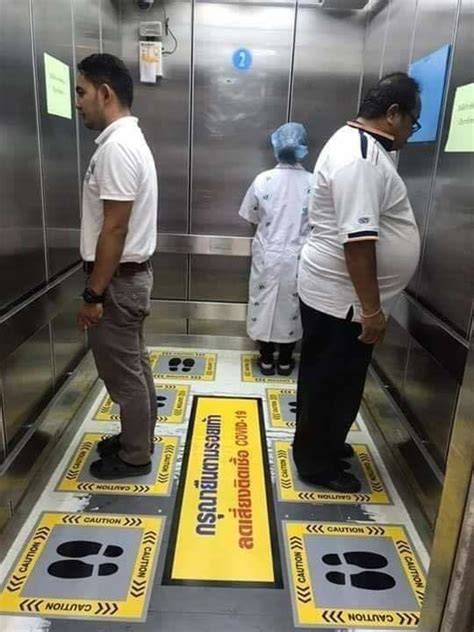
Sunday, June 28
Life back in our Manhattan apartment building must seem right out of dystopian science fiction. Two New York Times articles today highlight the issues.
One article says that for two crucial months this past winter, scientists regularly underestimated the impact of symptomless carriers. “Models using data from Hong Kong, Singapore, and China suggest that 30 to 60 percent of spreading occurs when people have no symptoms,” says the Times.
A primary illustration involves a woman from China who traveled to Germany in January, where she attended two days of long meetings. She only began feeling sick on her flight back home, but even then attributed her headaches and chills to jet lag. Back in Munich, eight people were shortly hospitalized with the coronavirus. Ultimately, 16 infected Germans were identified and, thanks to rapid response, all survived. “Aggressive testing and flawless contact-tracing contained the spread,” says the article.
But how do you avoid infected people if they show no symptoms? The only way is to avoid all people, isn’t it?
Another Times piece examines just how elevator traffic should be managed now that many Manhattan businesses are reopening. If an appropriate social distance between individuals is six feet, how many elevators can make that possible? Not many, of course.
New York state standards require most commercial buildings to have elevators measuring at least 4 feet 3 inches by roughly 5 feet 8 inches. That leaves people standing about four feet apart.
But no talking!
Consultants advise a limit of four people per elevator. But lots of buildings and companies will simply place the onus on individuals. “We recommend using your best judgment,” says one real estate operations executive. Sure—you be the judge. Meanwhile, your boss is waiting for you in a meeting upstairs.
In our residential building, it is already common for there to be lines of people waiting in the lobby for an elevator to arrive. Some of these people have dogs with them; others have bags of groceries or stuff; several will be yakking away on their mobile phones. Then the elevator arrives and everyone jockeys to get onboard.
It’s an episode of Curb Your Enthusiasm played for real. Imagine numerous aggressive and whining Larry Davids as your neighbors. Arriving at their floors, they push past you to get in or out of the elevator. And we have to make our way up to the 18th floor.
Our building has only two passenger elevators and no freight elevator. So it’s also common for one elevator to be “in service,” with movers bringing furniture in or out of the building or maybe building staff taking big bags of garbage out to the curbside.
Just waiting around in the lobby, where it’s hard to imagine proper social distancing, will be hazardous. And New Yorkers aren’t the most patient or deferential of people. Oh, you go next—after you, after you.
Sure.
There are stairs—two flights will get you from one floor up or down to the next. I negotiated the stairs a lot during Hurricane Sandy back in 2012. Going down ain’t great. As your legs and ankles get tired, it’s easy to stumble. Going up is truly punishing—four floors, and you’re huffing as if you’ve been in a mini-marathon.
You could just stay in your apartment, but what about food and other necessities? Will the doorman allow delivery people to bring stuff upstairs?
There are people we could telephone to find out just how these things are being handled right now. But it feels awkward to get in touch. Oh, so you want to know exactly what, Mr. East Hampton refugee?
Dinner: chicken salad with apples, walnuts and mayo, plus a sugar snap pea stir fry with scallions and Asian seasonings.
Entertainment: A streaming video from the Film Forum, Jean-Pierre Melville’s When You Read This Letter.
